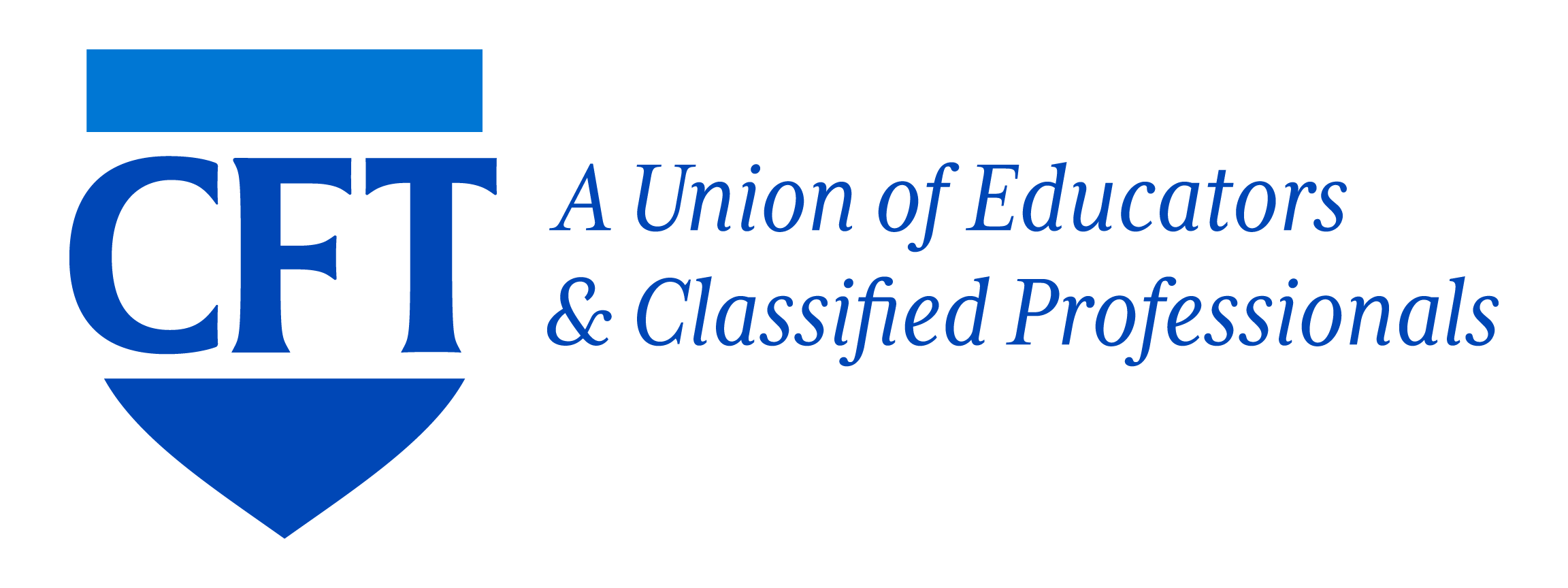Action Steps for Union Leaders
State prioritizes vaccines for educators and school staff
Update 2022: Many of the links listed below are no longer active. Please see our Vaccine page for current information.
Below is information to help your local union prepare to work with your district and county health officials on the vaccination process.
STEP 1. Share facts and resources with your members
Email, social media, and your site rep structures are great ways to get information out so your members and school communities can make informed decisions.
STEP 3: Meet with your county health department
Local health departments are coordinating the rollout and timeline for each vaccination phase. Health departments and approved providers receive the vaccines from the state, and many counties have set up a team to plan for distribution. Talk with your county’s health department vaccination team about details and timeline for the rollout to schools. This meeting can be coordinated among local education unions on a county-wide basis to coordinate planning and input. Follow your local health department on social media for regular updates.
- Contact information for all local health officers
- Websites for local health departments
STEP 3. Make a plan with your district
Making the vaccine available in a timely manner for education professionals who want it is an area of mutual interest. Reach out together with district officials to your healthcare insurer and its providers, county health officials, and other authorized vaccine providers to develop a convenient system for schools. Explore opportunities to integrate school-based health services into the vaccine rollout. Connect with other stakeholders, like your local labor council and community groups.
Vaccines are available at no cost and do not require insurance, although some insurance plans may be helpful in coordinating rollouts. Consult with CFT staff regarding bargaining to expand awareness, opportunities, and time for vaccination.
CFT and AFT resources for union leaders
- CFT Resolution: Ensure safe, high-priority COVID-19 vaccines for all school employees
- CFT Vaccine Information Sheet for Union Leaders
- AFT's Key Elements of a Model Workplace COVID-19 Vaccination Program
- More AFT resources for local union leaders
Elements of an effective vaccine roll-out
- Reach maximum people within prioritized groups in a timely, efficient manner
- Convenient schedules
- Accessible locations
- Easy-to-make appointments
- Widely shared notifications
- Multilingual information
- Trusted, grassroots voices
- Paid time off and other supports for workers
- Progress reports with equity data and prioritized groups
Questions to ask your county health department
General
- When, where, and how will education professionals be able to get a vaccine?
- Which Phase/Tier is our county currently in?
- Are any school staff, such as nurses, able to be vaccinated now?
- When will Phase 1b start for school staff, essential workers, and seniors?
- Where can we get regular updates?
Supply
- Are there adequate first doses today to vaccinate every school employee in our county?
- Is there enough supply for all groups prioritized in the first tier of Phase 1b?
- If the county doesn’t have an adequate number of doses today, who will be prioritized and when is sufficient supply expected?
Health Plans & Providers
- Is the county working with health plans and providers that our members use to develop a vaccine plan for schools?
- Are there opportunities to integrates school-based health services into the vaccine rollout?
Sites & Schedules
- What sites will the county use? Will any schools be used?
- What schedule is in place to administer vaccinations (days of the week, time spans during each day, times during the weekends)?
- Is the county working with providers to set up vaccine clinics at school sites and workplaces?
- How are appointments made?
Community Health Education
- How will school staff know when and where they can get a vaccine?
- What is the county’s health education plan? In which languages will it be available?
- How is the first dose being tracked?
- How will the county make sure people are notified for their second dose?
Progress Reports
- Does the county publish a report on doses administered that includes demographic and occupation/industry information?
- Will we know how many school staff and other essential workers have received the vaccine?
- How will we know if our hardest hit community members have received the vaccine (e.g., communities of color, low-income residents, seniors)?



